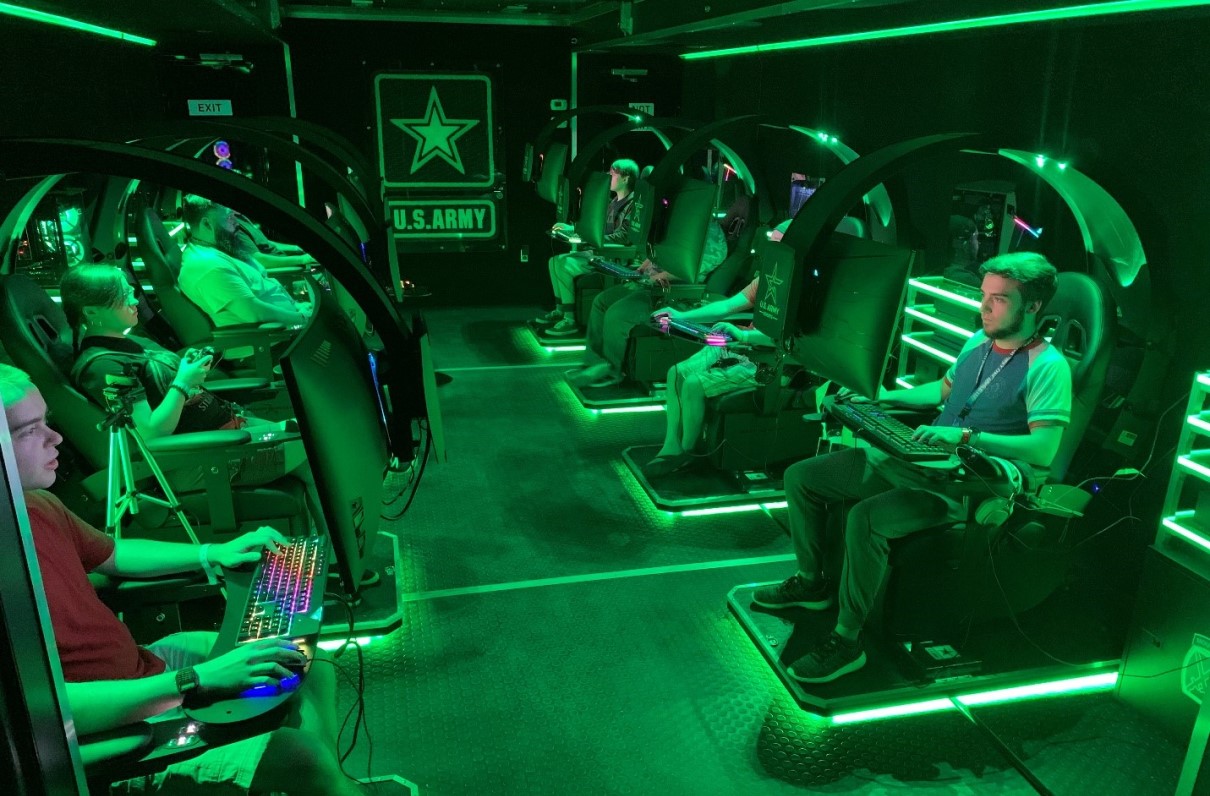More U.S. Military Academy cadets received their top branch assignment this year than in 2018 as West Point held its first Branch Night under the new Army talent-management system.
The Market Model Branching System is part of the Army Talent Alignment Process (ATAP), which is already in place for officers. The system paired cadets with a branch by considering their preferences as well as votes from commandants of each branch. It’s the first time comments from commandants have been considered.
In the end, it worked out well for West Point’s Class of 2020: 88% of the cadets received their top choice during a Nov. 13 ceremony, up from 77% last year.
“I think for the Army, it is a positive for management of talent, and putting the right talent in the right branches at the right time,” said Maj. Jared Sunsdahl, the academy’s ascensions chief. “That’s what’s going to, I think, help the Army be better. It’s going to help out the individual officer. It’s going to benefit the Army for years to come.”
The system will be rolled out to ROTC cadets next year.
The broader approach shifts from command-directed job placement to a competitive, interview-style system. It takes into account talents that may not be part of a service record, such as a native language skill and hobbies.
Academy cadets locked in their branch preferences in September for the sixth and final time. They presented résumés and conducted interviews with the commandants, who then ranked the cadets.
A matching algorithm was applied and final adjustments were made by the academy’s branching board, which indicated 96% of the cadets were placed into one of their top three choices.
The move comes after the Army announced plans to overhaul its personnel system earlier this year.
Under ATAP, officers are able to search and apply for jobs across the Army, while commanders will have more choice in selecting people to fill positions in their units. The system allows officers to list their knowledge, skills, and behaviors in a web-based information system to enhance the effectiveness and efficiency of other officer management processes, as well as facilitate communication between officers and units.



